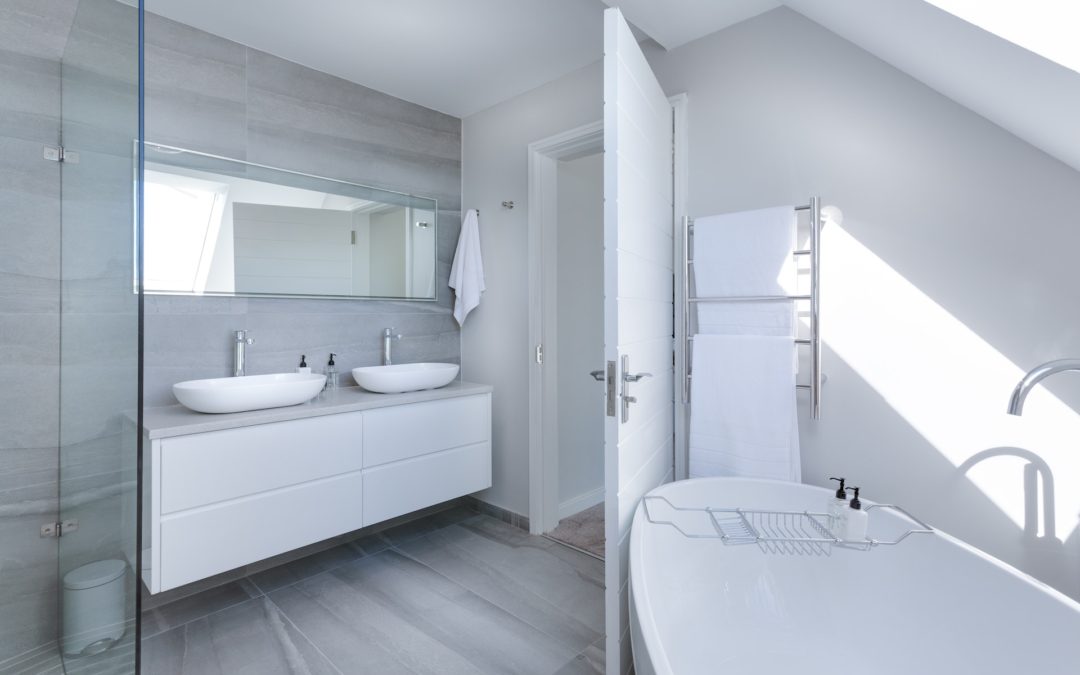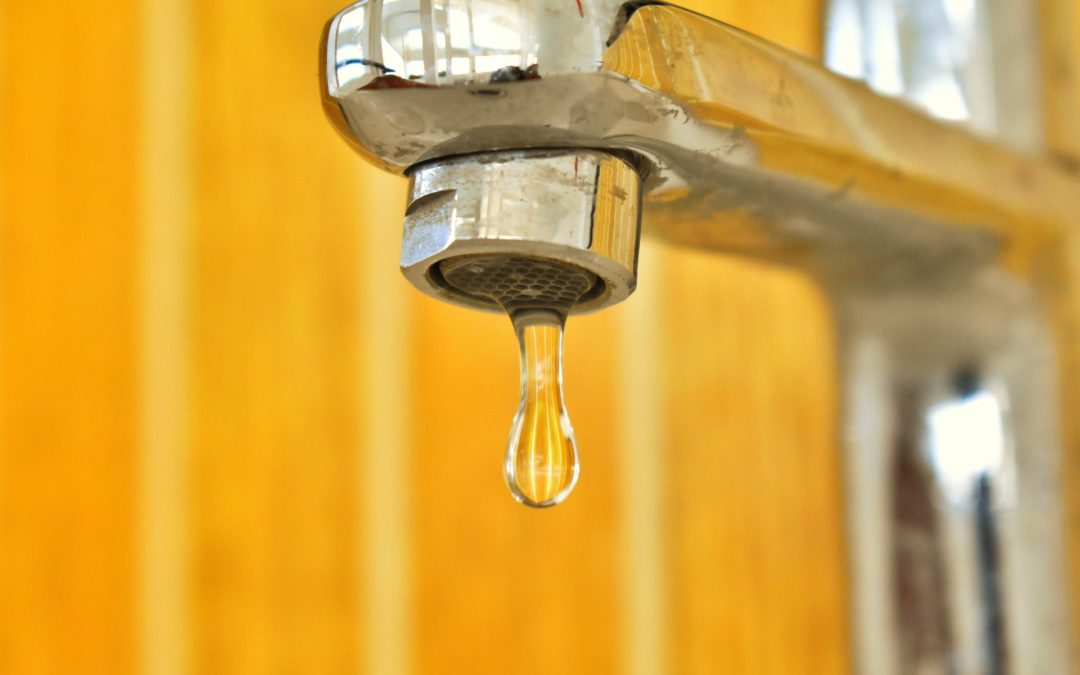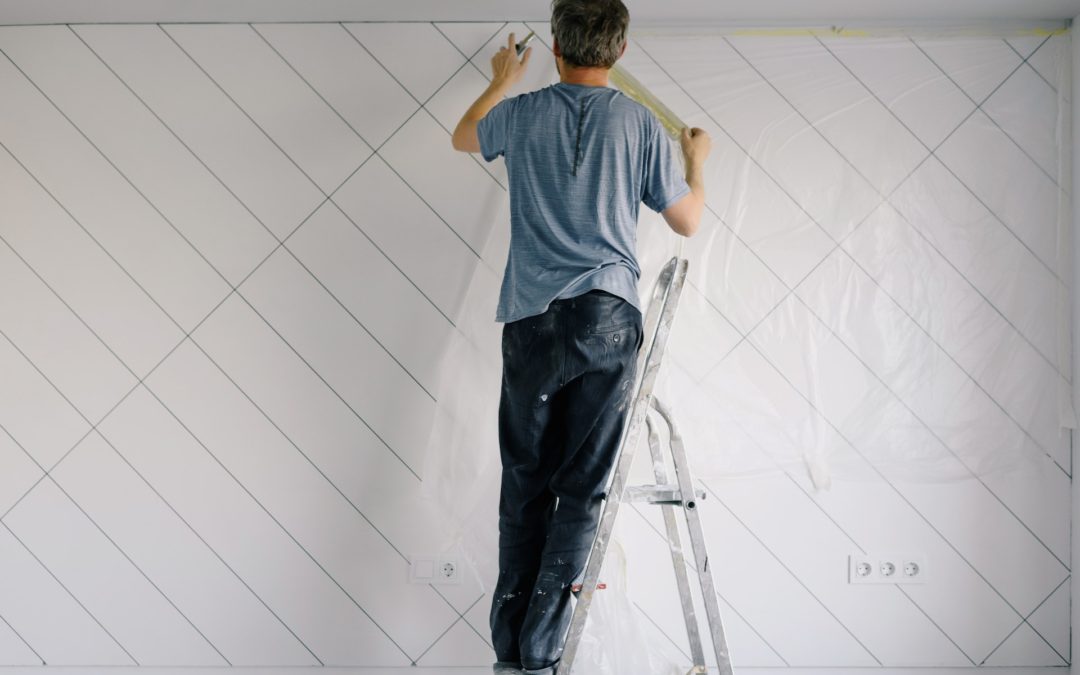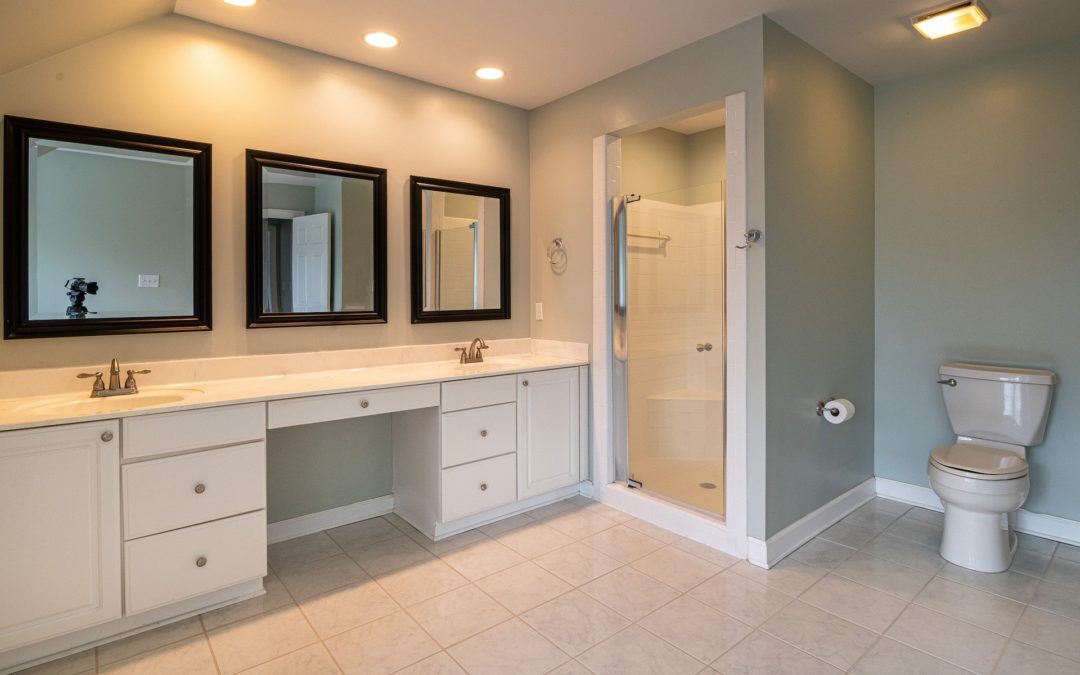
by Brandon | Apr 24, 2023 | Uncategorized
As the world has become more environmentally conscious, many people have begun to consider ways to reduce their carbon footprint. For those living in rural areas with limited access to natural gas or who rely on oil heating, moving towards Net Zero heating can seem like a daunting task. However, a new poll has shown that rural homeowners are eager to make the switch to more sustainable heating options. In this article, we will explore the results of this poll and provide guidance for rural homeowners looking to transition to Net Zero heating.
The Poll Results
A recent poll conducted by the National Rural Energy Association (NREA) revealed that rural homeowners are becoming increasingly concerned about the environmental impact of their heating systems. The NREA surveyed 1,000 homeowners in rural areas across the United States, asking them about their opinions on Net Zero heating technologies, the challenges they’ve faced when transitioning to these systems, and their level of interest in making the switch.
The results of the poll showed that 87% of respondents had heard of Net Zero heating, and 62% of those who were familiar with the concept expressed an interest in making the transition. Additionally, nearly 80% of respondents identified environmental concerns as their top motivation for considering the switch.
While the desire to transition to Net Zero heating was high, the poll results also highlighted several challenges rural homeowners face when considering the switch. These challenges include the upfront cost of transitioning, the lack of available funding and incentives, and the lack of knowledge about Net Zero heating technologies.
Guidance for Rural Homeowners
The poll results show that rural homeowners are eager to embrace Net Zero heating technologies, but they need more guidance when it comes to navigating the challenges of transitioning. Here are some tips for homeowners who are considering making the switch:
1. Look for Funding and Incentives
Transitioning to Net Zero heating can be expensive upfront, but there are resources available to help offset these costs. Look for funding and incentives from federal, state, and local governments, as well as from utility companies and other organizations. These resources can help make the transition more affordable and attractive.
2. Educate Yourself on Net Zero Heating Technologies
There are many Net Zero heating technologies available, including geothermal, heat pumps, solar heating, and biomass boilers. Educate yourself on the available options and choose the technology that is best suited for your home’s heating needs and location.
3. Work with a Licensed Plumber
When transitioning to Net Zero heating, it’s important to work with a licensed plumber who is familiar with the technology and local building codes. They can help you choose the right system for your home and ensure that it is installed safely and efficiently.
4. Consider Energy Efficiency Upgrades
Transitioning to Net Zero heating is only one step towards reducing your home’s carbon footprint. Consider upgrading your home’s insulation, sealing air leaks, and upgrading to energy-efficient appliances to further reduce your energy consumption.
Conclusion
The poll results show that rural homeowners are eager to transition to more sustainable heating options. While there are challenges to making the switch, resources are available to help homeowners navigate these challenges. By educating themselves on Net Zero heating technologies, working with a licensed plumber, and making energy efficiency upgrades, rural homeowners can make the transition to a more sustainable and eco-friendly heating system. If you’re ready to make the switch to Net Zero heating, visit aceplumbingrepair.com or give us a call at (844) 711-1590 to learn how our plumbing experts can help.

by Brandon | Apr 24, 2023 | Uncategorized
Bathrooms are essential in any household, and they play a crucial role in supporting your daily living needs. Yet, they are also considered one of the most dangerous areas in your home. According to studies, bathrooms pose a high risk of slips, falls, and other accidents. For this reason, bathroom safety and accessibility have become some of the most essential considerations in home design and renovation.
Today, bathroom trends have evolved to include advanced technology and barrier-free design, which offer many benefits that you and your loved ones can enjoy. In this post, we will explore how technological advancements and barrier-free design have helped enhance bathroom safety and support safer living.
Smart Technology
Smart technology has become an essential part of modern homes, and the bathroom is no exception. Today, you can enjoy the benefits of smart technology in your bathroom in very innovative ways. For instance, smart toilets are becoming more popular by the day. These smart toilets offer features like self-cleaning, bidet options, automatic seats, and more. With these features, you will enjoy enhanced cleaning, improved hygiene, and a more comfortable experience.
Smart showers are also gaining in popularity. These showers offer water temperature and timing controls, automatic on and off settings, and programmable water pressure settings. Additionally, smart showers can help alert you to any potential safety concerns by warning you about water temperature or alerting you of the need to replace shower filters.
Smart technology has also brought about the use of voice-activated or touchless faucets, which can help reduce the spread of germs and bacteria in the bathroom. All these advances brought by smart technology can help both reduce the risks of falls and slips, as well as provide a more pleasant and convenient ambiance.
Barrier-Free Design
Barrier-free design is all about ensuring that everyone can access and use their bathroom, regardless of any physical limitations. This type of design is gaining popularity, especially among aging people and people living with disabilities. The barrier-free design is all about leveraging technology and designing elements that offer mobility, safety and promote independence.
One of the most impressive aspects of barrier-free design is the use of walk-in bathtubs and showers. Walk-in tubs are designed to help eliminate the risk of slips, trips, and falls in the bathroom. Additionally, these tubs feature an ADA-approved built-in seat, non-slip flooring, and handrails to enhance safety.
Barrier-free design also makes use of grab bars, which are mounted on the wall in convenient locations for added safety and accessibility. These bars help people maintain their balance, as well as offer support when moving around in the bathroom. Barrier-free design also considers the size and layout of the bathroom, ensuring there is enough open space for easier mobility and use.
Conclusion
Technological advancements, coupled with barrier-free designs, are helping create safer and more accessible bathrooms for people of all ages and abilities. These developments have revolutionized bathroom design, eliminating many of the challenges and safety concerns associated with traditional bathrooms. Investing in these advancements can help make your bathroom more accessible, safer, and inclusive for everyone in your home.(844) 711-1590
Finally, if you require bathroom design, renovation, repair, or maintenance services, consult the Plumbing professionals at Ace Plumbing Repair. Our licensed, insured, certified plumbing experts are available 24/7 to help support your plumbing service needs. Call us at , or visit our website aceplumbingrepair.com for more information.

by Brandon | Apr 24, 2023 | Uncategorized
Faucets are essential plumbing fixtures in any household or commercial building. They provide clean water for various purposes such as washing dishes, taking a shower, or brushing teeth. With the different types and designs of faucets available in the market, it can be challenging to identify the right one for your plumbing needs. In this guide, we’ll help you name that faucet and identify its features.
Compression Faucets
Compression faucets are the simplest and oldest design of faucets. They have two handles that control the hot and cold water, respectively. These faucets have washers at the base of the handles that create a seal to prevent water from leaking when the handles are turned off. When the handles are turned on, the washers are lifted, and water flows through the faucet.
The most common problem with compression faucets is a leaky washer or a worn-out stem. Replacing the washers, or the entire stem, can be done by a skilled plumber, or you can attempt it yourself if you have some plumbing skills.
Ball Faucets
Ball faucets are prevalent in many households today. They have a single lever that controls both the hot and cold water. These faucets have a rotating ball at the base of the handle that regulates the water flow and temperature. When the lever is turned, the ball rotates to adjust the water flow.
One of the main problems with ball faucets is a leaky O-ring. The O-ring can wear out over time, which can cause water to leak from the base of the faucet. You can replace the O-ring yourself or have a professional plumber do it for you.
Cartridge Faucets
Cartridge faucets are similar to ball faucets, but operate using a cartridge instead of a ball. The cartridge is a cylindrical component that moves up and down to control the water flow and temperature. These faucets have a handle that you can turn on and off, and a cartridge that you can pull out for replacement or repair.
One of the advantages of cartridge faucets is that they are easy to repair. You can easily replace a damaged cartridge by pulling it out and inserting a new one. However, if you are not sure what type of cartridge your faucet uses, it’s best to consult a professional plumber.
Disc Faucets
Disc faucets are the most advanced and durable type of faucet. They have two ceramic discs that move back and forth to control the water flow and temperature. These faucets have a single lever that you can turn on and off.
One of the advantages of disc faucets is that they are virtually leak-proof. They are also easy to operate, requiring only a single lever to control water flow and temperature. However, they are slightly more expensive than the other faucet types due to their superior quality.
Conclusion
Naming that faucet is essential in identifying the right plumbing fixture for your needs. With this guide, you now have a better understanding of the different types of faucets and their distinctive features. Remember to take note of the brand and model of your faucet, so you can easily refer to it when you need to replace or repair it.
At Ace Plumbing Repair, we offer top-notch plumbing services for homeowners and commercial building owners alike. Our skilled plumbers can identify, repair, and replace any type of faucet, ensuring that your plumbing system is in top shape. You can visit us at aceplumbingrepair.com or give us a call at (844) 711-1590 for more information about our services.

by Brandon | Apr 24, 2023 | Uncategorized
When starting a new plumbing business, there are so many things to consider. From securing licenses and permits to buying equipment and supplies, it’s easy to get caught up in the early-stage details. However, one crucial aspect that often gets overlooked is succession planning. Succession planning is a process that outlines the steps a business owner will take when it’s time to retire or exit the company. And while it may seem premature to think about exiting a business that hasn’t even launched, it’s never too early to start succession planning for a new business.
Why Succession Planning Matters
Succession planning is essential for any business for several reasons. Firstly, creating a comprehensive plan ensures that the owner’s legacy and hard work will continue on once they retire or pass away. It also secures the well-being of the business and its employees. Without a proper plan, a company could end up in chaos if the owner suddenly became incapacitated or deceased.
Another benefit of proper succession planning is that it can increase the value and profitability of a company. Potential buyers or successor candidates will be attracted to a business with clearly defined goals and objectives.
Starting Succession Planning
When starting a succession plan, it’s important to begin with the end in mind. That means identifying the ultimate goal of the owner’s exit strategy. Will the business be passed down to a family member or sold to an external buyer? Will it be liquidated entirely? The answers to these questions impact the nature of the succession plan.
Next, the owner must identify possible successors, whether they be family members, employees, or external candidates. This step requires thoughtful consideration and should be based on factors such as competence, commitment to the business, and values that align with the owner’s.
After identifying possible successors, the owner should develop a timeline for their exit from the business. This timeline should include the specific steps that will be taken leading up to the actual transfer of ownership. For example, if the owner plans to sell the business, they should determine when to list the company, how to market it, and how to handle the sales transaction.
Finally, the owner should review and modify the plan regularly to ensure that it remains relevant and effective. This is particularly important if things change within the business or personal circumstances of the owner.
Succession Planning and Hiring
Succession planning is closely tied to the hiring process of a new business. When hiring new employees, it’s important to look beyond just their current skills and consider their potential value to the company in the future. Employees who demonstrate potential for leadership roles and long-term growth should be prioritized, particularly if they align with the owner’s succession plan.
Additionally, succession planning can provide motivation for employees to work harder and stay committed to the company. Knowing that they have a potential path to advancement can incentivize high-quality work and loyalty.
Conclusion
Succession planning is an essential aspect of any new business, no matter how early in the process. The earlier a plan can be instituted, the smoother the transition to new leadership will be when the time comes. By identifying possible successors, developing a timeline, and reviewing and modifying the plan regularly, business owners can ensure that their legacy continues on once they have exited the company.
Remember, succession planning is not just about securing the long-term success of the business. It’s also about ensuring that the employees and customers of the company are taken care of and preserving the hard work and passion that went into building the business in the first place. With proper planning and execution, a new plumbing business can provide a lifetime of rewards to all who are involved.

by Brandon | Apr 24, 2023 | Uncategorized
As homeowners or landlords, we all strive to have our homes looking great both inside and out. It is important to carry out regular maintenance to keep things running smoothly and improve our living standards. Many homeowners believe home improvement is a complicated and expensive process, but it doesn’t have to be. In this blog post, we will share four easy ways to improve your house without breaking the bank.
1. Upgrade your plumbing fixtures
One of the easiest ways to improve your house is to upgrade your plumbing fixtures. Most homes have fixtures that are outdated and inefficient, such as faucets, showerheads, and toilets. Replacing old, leaky plumbing fixtures with new, water-saving ones can help you save money on water bills, reduce water waste, and increase the efficiency of your home’s plumbing system.
Water-saving fixtures such as low-flow toilets, showerheads, and faucets can help households reduce their water usage by up to 50%, leading to a significant reduction in water bills. Additionally, upgrading your kitchen faucet to one with a pull-out sprayer or a touchless faucet can make cleaning dishes much easier and faster.
2. Install a water softener
If you live in an area with hard water, you may be experiencing issues with your plumbing system, appliances, and water quality. Hard water contains high levels of minerals such as calcium and magnesium, which can leave residue on dishes, clothes, and fixtures.
Installing a water softener can help solve these issues by removing the minerals that cause hard water. Water softeners use ion-exchange technology to replace hard mineral ions with soft ones, leading to softer, cleaner water. Soft water can lead to better skin and hair health, reduce the need for detergents and cleaning products, and extend the lifespan of appliances.
3. Invest in a tankless water heater
Traditional water heaters with tanks take up a considerable amount of space in a home and are less efficient than tankless models. Tankless water heaters only heat water when it is needed, leading to a reduction in energy consumption, lower utility bills, and a smaller carbon footprint.
Tankless water heaters are also more durable than traditional ones and have a lifespan of up to 20 years. They are a great investment for homeowners who want to reduce their energy bills and increase the efficiency of their homes’ plumbing systems.
4. Insulate your pipes
Insulating your pipes is an easy way to improve the efficiency of your home’s plumbing system. Insulation helps prevent heat loss and can lead to a reduction in energy consumption and lower utility bills. Insulating hot water pipes can also reduce the time it takes for hot water to reach your faucets and showers.
When insulating your pipes, it is essential to choose the right insulation material. Fiberglass, foam rubber, and polyethylene are common insulation materials. However, it is essential to consult with a plumbing expert to determine the best insulation material for your home’s plumbing system.
In conclusion, improving your house does not have to be expensive or complicated. By upgrading your plumbing fixtures, installing a water softener, investing in a tankless water heater, and insulating your pipes, you can increase the efficiency of your home’s plumbing system, reduce your utility bills, and improve your living standards. If you need professional plumbing services to help you carry out any of the above improvements, contact Ace Plumbing Repair, the leading plumbing experts in your area. Visit our website at aceplumbingrepair.com or call us today at (844) 711-1590, and let us help make your home more efficient and comfortable.

by Brandon | Apr 24, 2023 | Uncategorized
Bette Simplifies Shower Tray Installation
The process of installing a shower tray can be a daunting task for any DIY enthusiast. However, with Bette Shower Trays, the process has been simplified, allowing for a smooth and easy installation experience.
It is no secret that shower trays are an essential part of any bathroom remodel. A proper installation is necessary to ensure that water is contained within the shower area and drained out efficiently. Failure to install a shower tray correctly can lead to water leakage, which can cause significant damage to the floor, walls, and ceiling.
Old-style shower trays were bulky, difficult to install and were often unattractive. Shower trays would consist of a large ceramic, fiberglass, or acrylic base that was mounted on a bed of sand and cement. The shower tray’s weight made it difficult to manage and required multiple people to install.
Today, however, the market is flooded with lightweight, easy-to-install shower trays. Bette has revolutionized the shower tray industry with its innovative designs, making shower tray installation a breeze, thanks to their detailed instructions and necessary accessories.
So, what makes Bette shower trays so special?
Bette Shower Trays are made of robust materials and come in various sizes and styles. Materials utilized in the production of Bette shower trays range from steel to titanium, making them some of the most durable shower trays on the market. Bette’s shower trays also come equipped with a non-slip coating, ensuring the safety of the user.
The other remarkable feature of Bette shower trays is how easy they are to install. One of the most significant challenges in shower tray installation is proper leveling. Fortunately, this challenge has been addressed in the Bette design. The shower trays feature adjustable legs, ensuring an entirely level installation.
Bette shower trays are also designed to minimize water flow noise, a significant feature for those living in multi-story homes or apartments. Additionally, the company offers tray-specific waste sets and shower enclosures, designed to fit perfectly with the shower tray.
So how is it done?
The process is simple and can be broken down into eight easy-to-follow steps, as outlined below:
1. First, determine the location of the shower tray and ensure the surface is level.
2. Next, unpack the shower tray, confirm that it is undamaged, and that all the necessary parts are present.
3. Install the shower tray’s adjustable legs onto the tray, ensuring proper spacing as per provided instructions.
4. Adjust the legs such that the shower tray is level, being careful not to over-tighten and crack the tray.
5. Connect the drain assembly to the shower tray and ensure it is secure.
6. Insert the shower grate into the drain assembly, ensuring it fits perfectly.
7. Install the shower enclosure onto the tray following the manufacturer’s instructions.
8. Finally, run a bead of silicon along the meeting points between the shower tray and enclosure, attaching it firmly.
In conclusion, Bette simplifies shower tray installation by providing high-quality and durable shower trays that adhere to the highest industry standards. Their shower trays are easy to install, come with detailed instructions and necessary accessories, and are available in various sizes and designs. Bette shower trays are also designed to minimize water flow noise and come equipped with a non-slip surface. For more information on Bette’s shower tray offerings, visit aceplumbingrepair.com or give our plumbing experts a call at (844) 711-1590.






